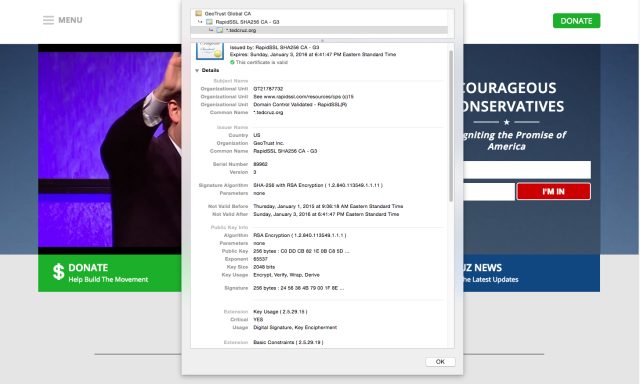During my visit to General Electric’s Global Research Centers in San Ramon, California, and Niskayuna, New York, last month, I got what amounts to an end-to-end tour of what GE calls the “Industrial Internet.” The phrase refers to the technologies of cloud computing and the “Internet of Things” applied across a broad swath of GE’s businesses in an effort to squeeze better performance and efficiency from the operations of everything from computer-controlled manufacturing equipment to gas turbine engines and power plants. It’s an ambitious effort that GE is hoping to eventually sell to other companies as a cloud service—branded as Predix.
GE is not alone in trying to harness cloud computing and apply it to the rapidly growing universe of networked systems in energy, manufacturing, health care, and aviation. IBM has its own Internet of Things cloud strategy, and other companies—including SAP, Siemens, and startups such as MachineShop—are hoping to tie their business analytic capabilities to the vast volumes of data generated by machines and sensors. That data could fuel what some have called the next industrial revolution: manufacturing that isn’t just automated, but is driven by data in a way that fundamentally changes how factories work.
Eventually, analytical systems could make decisions about logistics, plant configuration, and other operational details with little human intervention other than creativity, intuition, and fine motor skills. And even in industries where there is no production plant, analytics could make people more efficient by getting them where they need to be at the right time with the right tools.
Read 12 remaining paragraphs | Comments

